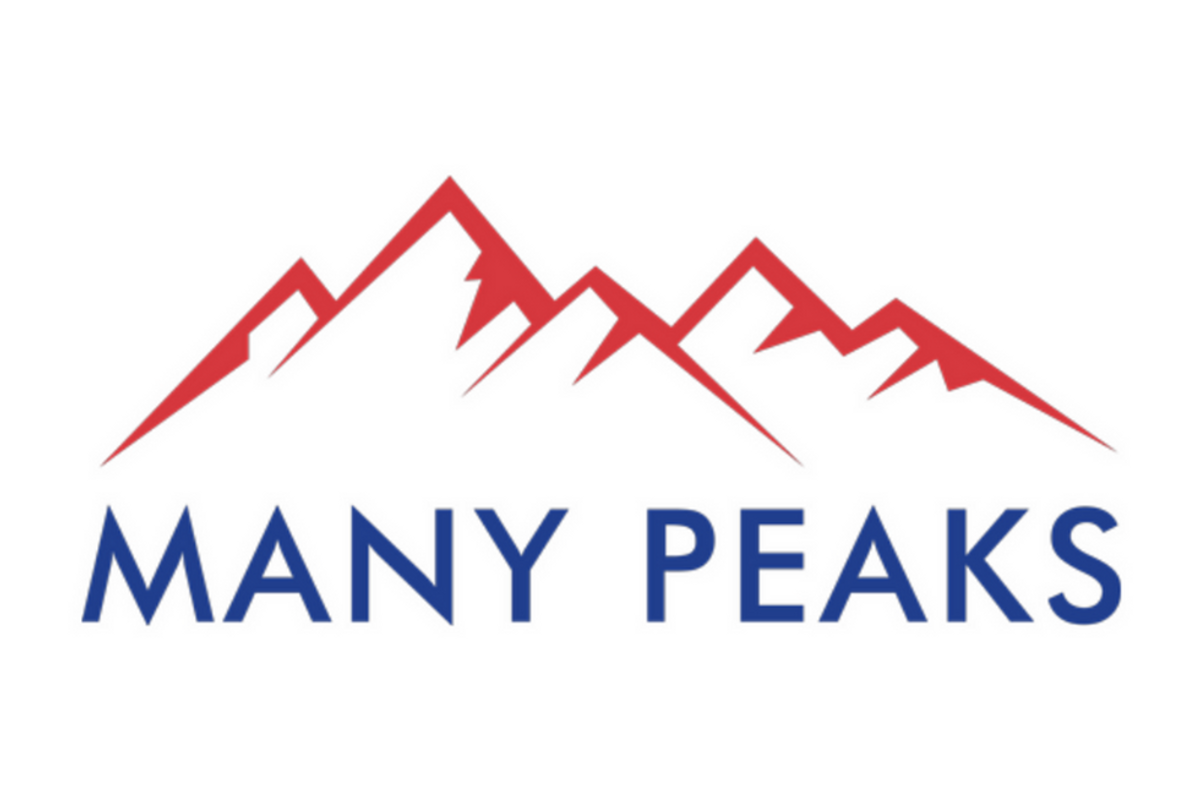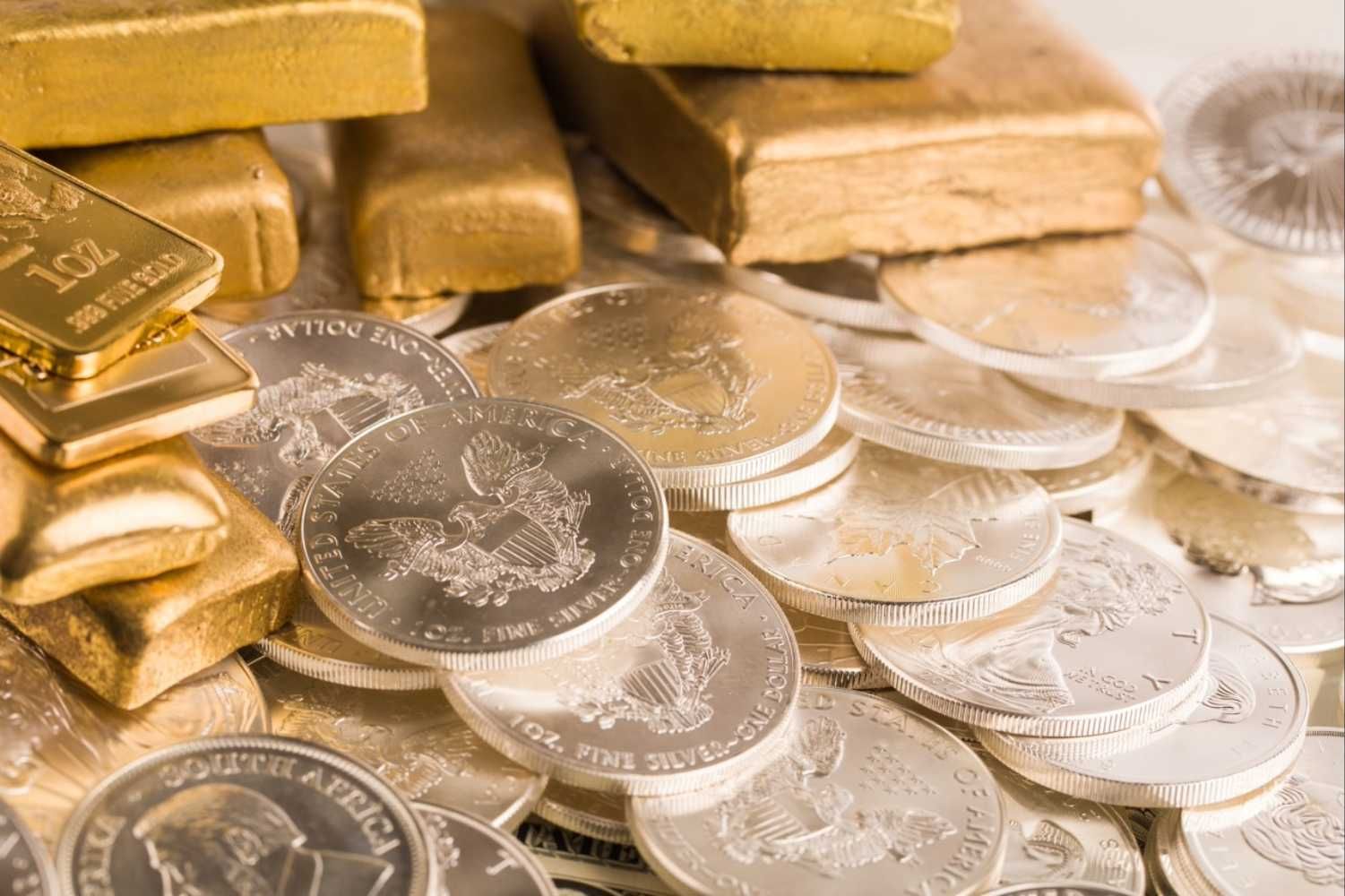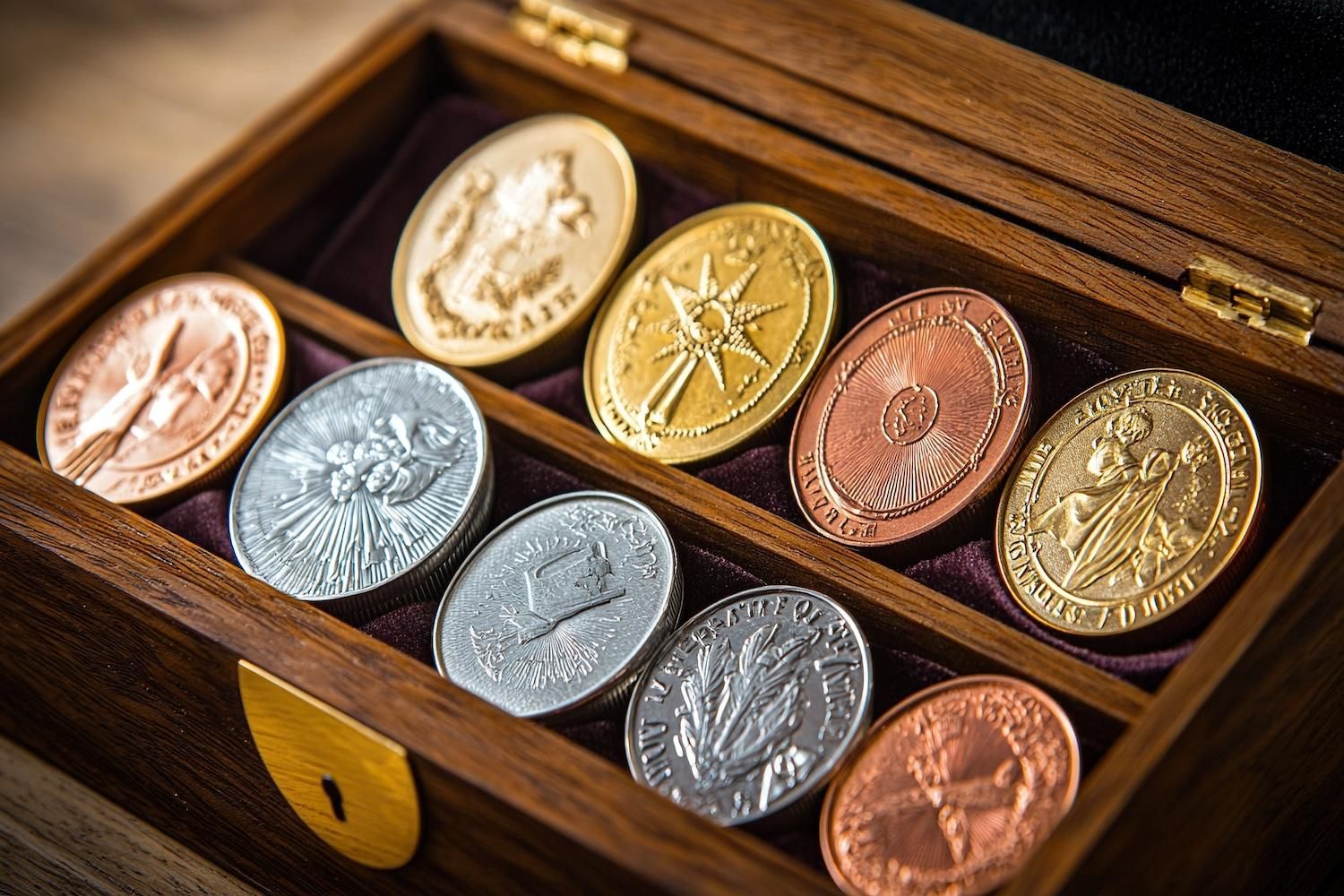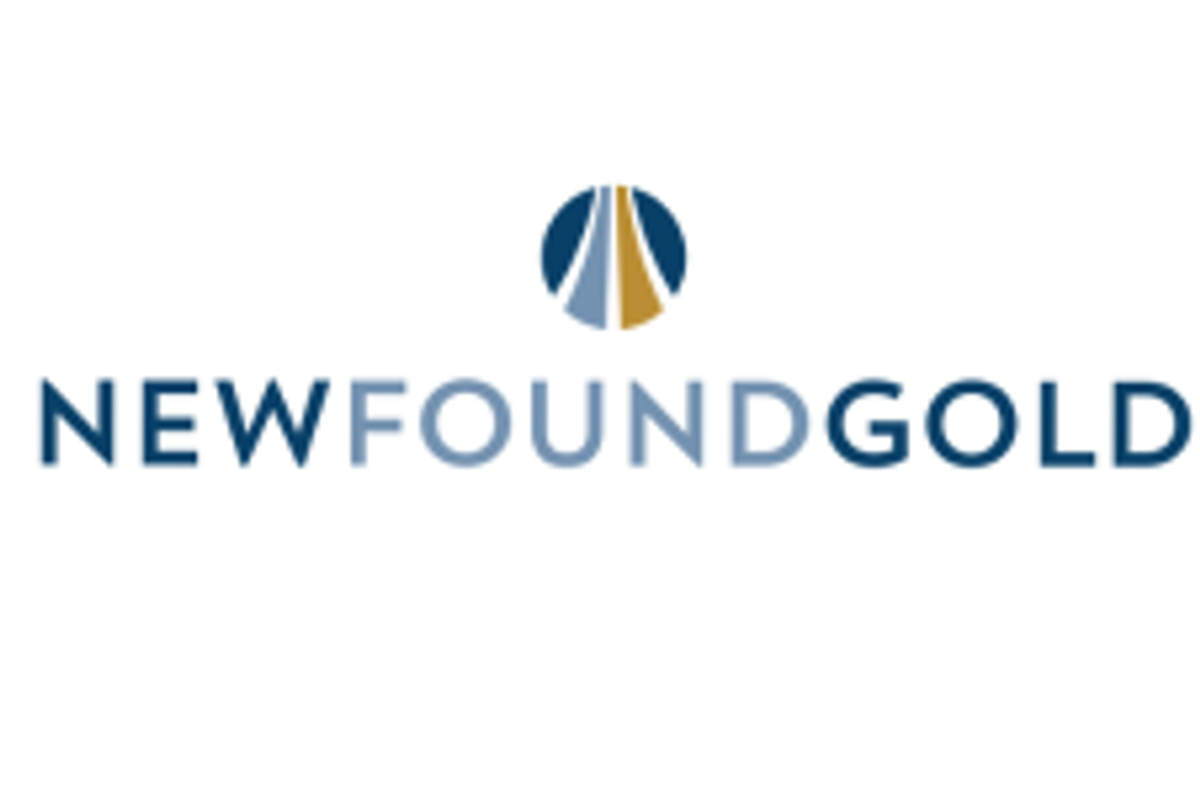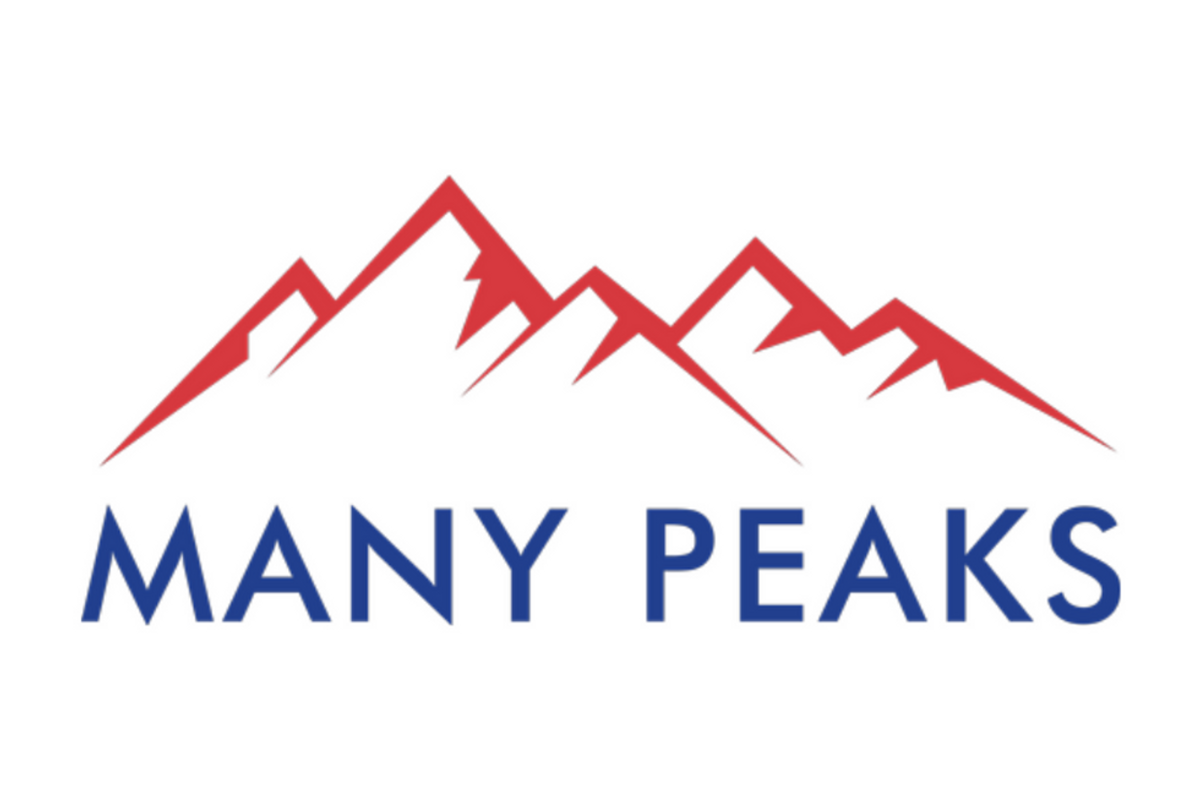
April 23, 2024
Many Peaks Minerals Limited (Many Peaks or the Company) (ASX: MPK) is pleased to provide the Quarterly Activities Report for the period ending 31 March 2024.
HIGHLIGHTS
Acquisition of Advanced Gold Projects In Cote D’Ivoire
- Agreement with Turaco Gold Limited (Turaco) executed to acquire 100% ownership of Turaco’s and Predictive Discovery Ltd.’s joint venture, which holds the right to acquire an 85% interest in four mineral permits in Cote d’Ivoire, with recent gold discoveries and over US$4 million in prior exploration expenditure
- Acquisition encompasses a vast 1,275km2 land package including advanced stage exploration projects;
Odienne Project
- Adjoining recent discovery drilling by Awalé Resources/Newmont joint venture associated with the same high-strain corridor as Predictive’s 5.4Moz Au Bankan and Centamin’s 2.16Moz ABC Projects
- Recent first pass, wide-spaced A/C drilling, reveals gold mineralisation zone extending over 1,200 meters, with notable results including 12m @ 1.18g/t gold from 4m, 12m @ 1.06g/t gold from 16m, and 8m @ 1.30g/t gold from 28m
Ferke Gold Project
- Featuring the recent Ouarigue South discovery with open mineralisation for follow-up, and reported drill intercepts including;
- 35.95m @ 3.88 g/t gold within
- 77.6m @ 2.33 g/t gold from 45.9m (FNDC001) and
- 91.1m @ 2.02 g/t gold from surface (FNDC008).
- Covers an area of 300km2 and features a 16km mineralised trend in soils with minimal exploration follow-up in 12.5km gold anomaly along trend of the Ouarigue South discovery
Queensland Gold & Copper
- RC drilling results at Mt Steadman Gold Project returned 8m @ 2.63g/t gold identifying significant extension to previously drilled shallow gold mineralisation
- Diamond drilling results at the Yarrol Gold Project confirm additional gold mineralisation associated with geophysical anomalies on margins of partially drilled 4km long mineralised diorite body
Corporate
- Completion of Bookbuild for non-Brokered, two tranche placement of A$2 Million in support of activities at the Company’s newly-acquired Cote d’Ivoire Gold Projects.
- Mr Ben Phillips appointed as a Non-Executive Director, effective 1 February 2024
During the quarter, the Company announced the acquisition of advanced gold projects in Cote d’Ivoire. (Refer to ASX Announcement 26 March 2024.) The Ferke and Odienne Projects in Cote d’Ivoire deliver Many Peaks with a solid foundation of exploration success, offering the potential for significant high-grade ounces in the near term. Both projects benefit from systematic geochemical coverage and high-resolution geophysics, which have confirmed gold mineralisation through drilling. Leveraging over US$4 million of previous expenditure has identified multiple ready-for-follow-up targets, including extension targets, presenting Many Peaks with a transformative acquisition opportunity with viable near-term resource potential. Many Peaks’ team boasts extensive West African operating experience tied to multiple discovery and development projects over the past 15 years and looks forward to operating in Cote d'Ivoire, an emerging premier jurisdiction within West Africa known for recent exploration and development successes.
Many Peaks entered into a binding Share Sale Agreement (Agreement) with Turaco Gold Limited (Turaco) to acquire its 89% interest in CDI Holdings (Guernsey) Ltd (CDI Holdings). CDI Holdings is an 89% subsidiary of Turaco, held with Predictive Discovery Limited (Predictive), holding an 11% free carry ownership in a joint venture with Turaco. The Agreement will trigger Turaco’s drag-along right in its joint venture with Predictive, whereby Many Peaks will also acquire Predictive’s remaining 11% interest and consolidate 100% ownership of the joint venture entity CDI Holdings.
CDI Holdings is the holding company for two wholly-owned Ivorian entities, including the Ivorian subsidiary party to a joint venture with Gold Ivoire Minerals SARL (GIV Joint Venture) in Cote d’Ivoire in which it has earned a 65% interest and retains an exclusive right to earn-in to an 85% interest by sole funding any project within four mineral licences in Cote d’Ivoire to feasibility study.
The consideration for the purchase of 100% of CDI Holdings will be an aggregate 5,617,978 fully paid ordinary shares in Many Peaks, subject to a 12-month voluntary escrow, to be issued under the Company’s capacity under ASX listing rule 7.1. Upon completion, Many Peaks will also assume a royalty deed for a 1% net smelter return royalty payable to Resolute (Treasury) Pty Ltd (Resolute)—further information on terms and conditions precedent outlined below.
Click here for the full ASX Release
This article includes content from Many Peaks Minerals, licensed for the purpose of publishing on Investing News Australia. This article does not constitute financial product advice. It is your responsibility to perform proper due diligence before acting upon any information provided here. Please refer to our full disclaimer here.
MPK:AU
The Conversation (0)
10 September 2024
Many Peaks Minerals
Advancing gold discoveries in Côte d’Ivoire, West Africa
Advancing gold discoveries in Côte d’Ivoire, West Africa Keep Reading...
14 April
Diamond Drilling Commences at Ferke Gold Project
Many Peaks Minerals (MPK:AU) has announced Diamond Drilling Commences at Ferke Gold ProjectDownload the PDF here. Keep Reading...
19 March
Raises A$6.22m to Intensify Drilling at Ferke
Many Peaks Minerals (MPK:AU) has announced Raises A$6.22m to Intensify Drilling at FerkeDownload the PDF here. Keep Reading...
16 March
New High Grade Gold Shoot at Ferke Project
Many Peaks Minerals (MPK:AU) has announced New High Grade Gold Shoot at Ferke ProjectDownload the PDF here. Keep Reading...
11 March
AC Drilling Commences on Priority Targets at Ferke Project
Many Peaks Minerals (MPK:AU) has announced AC Drilling Commences on Priority Targets at Ferke ProjectDownload the PDF here. Keep Reading...
23 February
Reconnaissance AC Drilling Yield Structural Targets
Many Peaks Minerals (MPK:AU) has announced Reconnaissance AC Drilling Yield Structural TargetsDownload the PDF here. Keep Reading...
24 December
What Was the Highest Price for Gold?
Gold has long been considered a store of wealth, and the price of gold often makes its biggest gains during turbulent times as investors look for cover in this safe-haven asset.The 21st century has so far been heavily marked by episodes of economic and sociopolitical upheaval. Uncertainty has... Keep Reading...
24 December
Blackrock Silver Announces C$15 Million Strategic Investment by Two Cornerstone Purchasers
Blackrock Silver Corp. (TSXV: BRC,OTC:BKRRF) (OTCQX: BKRRF) (FSE: AHZ0) ("Blackrock" or the "Company") is pleased to announce a non-brokered private placement (the "Offering") of up to 13,636,363 units (the "Units") at a price of C$1.10 per Unit for gross proceeds of up to C$15,000,000. Each... Keep Reading...
24 December
Gold Price Hits New Record, Breaks US$4,500; Silver, Platinum Also at All-time Highs
Gold marked a new price milestone on Tuesday (December 23), continuing its record-breaking 2025 run. The spot price rose as high as US$4,511.83 per ounce, hitting that point at 4:04 p.m. PST. Don't forget to follow us @INN_Resource for real-time updates!Securities Disclosure: I, Charlotte... Keep Reading...
23 December
From Gold Coins to Copper Tools: Unique Festive Gifts for the Metals Investor
With pumpkin spice in the air, thoughts are turning to the biggest event of the year… No, not the curling championships — Black Friday and the start of the gifting season.Here at the Investing News Network, our team aims to provide relevant information to help readers make informed investment... Keep Reading...
22 December
TomaGold Intercepts 6.68% ZnEq (1.57 g/t AuEq) over 48.05 Metres, including 39.03% ZnEq (9.15 g/t AuEq) over 2.90 Metres at Berrigan Mine and Identifies a Major Hydrothermal Footprint
TOMAGOLD CORPORATION (TSXV: LOT; OTCPK: TOGOF) (“TomaGold” or the “Company”) is very pleased to announce the initial assay results from drill holes TOM-25-009 and TOM-25-010 at its Berrigan Mine project located in the Chibougamau mining camp, in Québec. These are the first two of seven holes for... Keep Reading...
Latest News
Interactive Chart
Latest Press Releases
Steadright Grants Stock Options
24 December
Silverco Confirms No Material Change
24 December
Related News
TOP STOCKS
American Battery4.030.24
Aion Therapeutic0.10-0.01
Cybin Corp2.140.00

